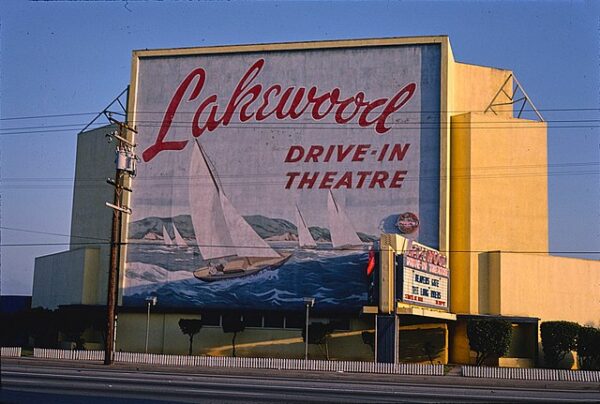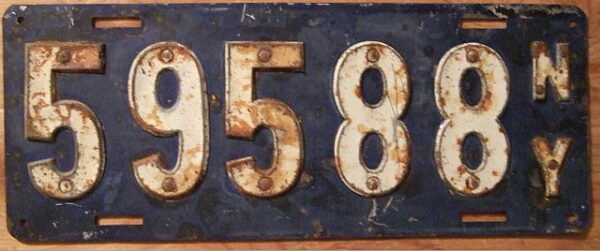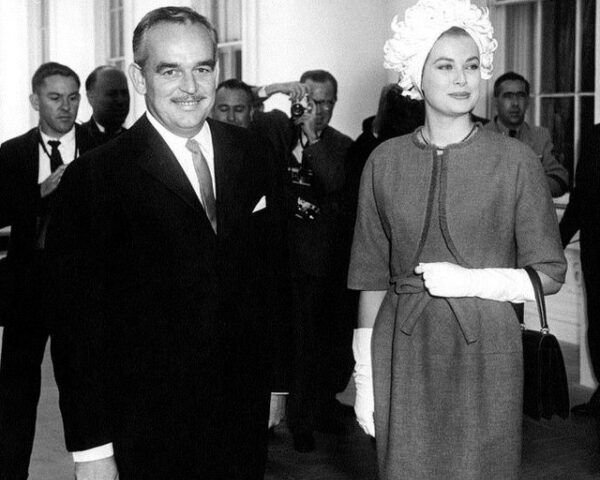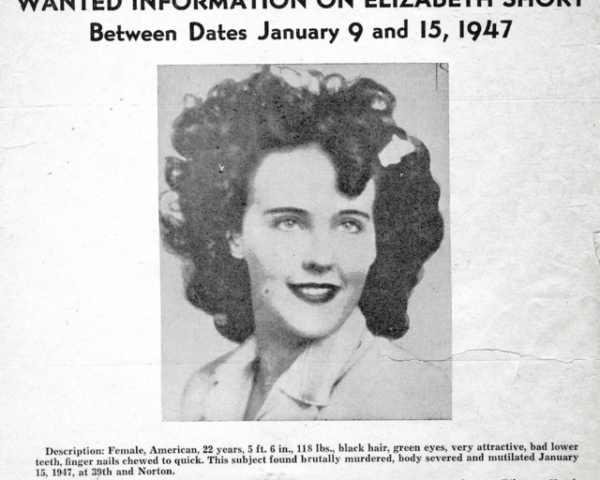If there are two things Americans love deeply, it’s cars and movies. On June 6, 1933, Richard Hollingshead opened the first official drive-in movie theater in Camden, New Jersey. Patrons paid a quarter to see the British comedy Wives Beware from the comfort of their automobiles.
Smithsonian Magazine writes, “The concept of showing movies outdoors wasn’t novel; people often watched silent films on screens set up at beaches or other places boasting an abundance of sky. However, it took an auto-parts salesman such as Hollingshead to see the genius in giving a car-loving society one more activity they could do in their vehicles.
He first conceived the drive-in as the answer to a problem. “His mother was—how shall I say it?—rather large for indoor theater seats,” said Jim Kopp of the United Drive-in Theatre Owners Association. “So he stuck her in a car and put a 1928 projector on the hood of the car, and tied two sheets to trees in his yard.”
Hollingshead experimented for a few years before he created a ramp system for cars to park at different heights so everyone could see the screen. He patented his concept in May 1933 and opened the gates to his theater the next month.
The second drive-in, Shankweiler’s, started a year later in Orefields, Pa. A few others followed, but the concept didn’t really get traction until the advent of in-car speakers in the early 1940s.”
From there, things really took off. The New York Film Academy notes, “The success of Hollingshead’s drive-in caused more and more drive-ins to appear in every state in the country and spread internationally as well. Drive-ins gained immense popularity 20 years later during the 1950s and ‘60s with the Baby Boomer generation. There were over 4,000 drive-ins throughout the U.S., and most were in rural areas. They maintained popularity as both a space for families to spend time with each other as well as an affordable date night option.
Drive-ins could only show movies during certain times of the year and were dependent on decent weather. During the ‘70s oil crisis, people downsized their cars in order to save money on the inflated cost of gas, making it uncomfortable to watch movies at the drive-in. To make up for lost revenue, drive-ins began losing their family-friendly atmosphere by showing exploitation films like slasher horrors as well as adult content. The development of the VCR made it more appealing to stay at home and watch movies without paying for a movie at the drive-in.”
Over time, however, drive-ins began to lose popular appeal. For a proper movie experience, the lot to show movies needed to be on at least 15 acres of land in size and as cities grew, the land became more valuable than owners to close their drive-ins in order to sell their land to developers to build malls or multi-building complexes.”
What the future holds for these classics is still up in the air, though and you shouldn’t count them out quite yet. During the pandemic, while regular theaters closed, drive-ins boomed:






